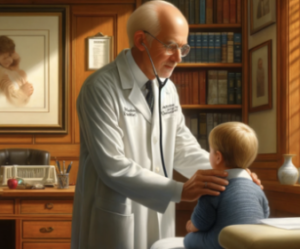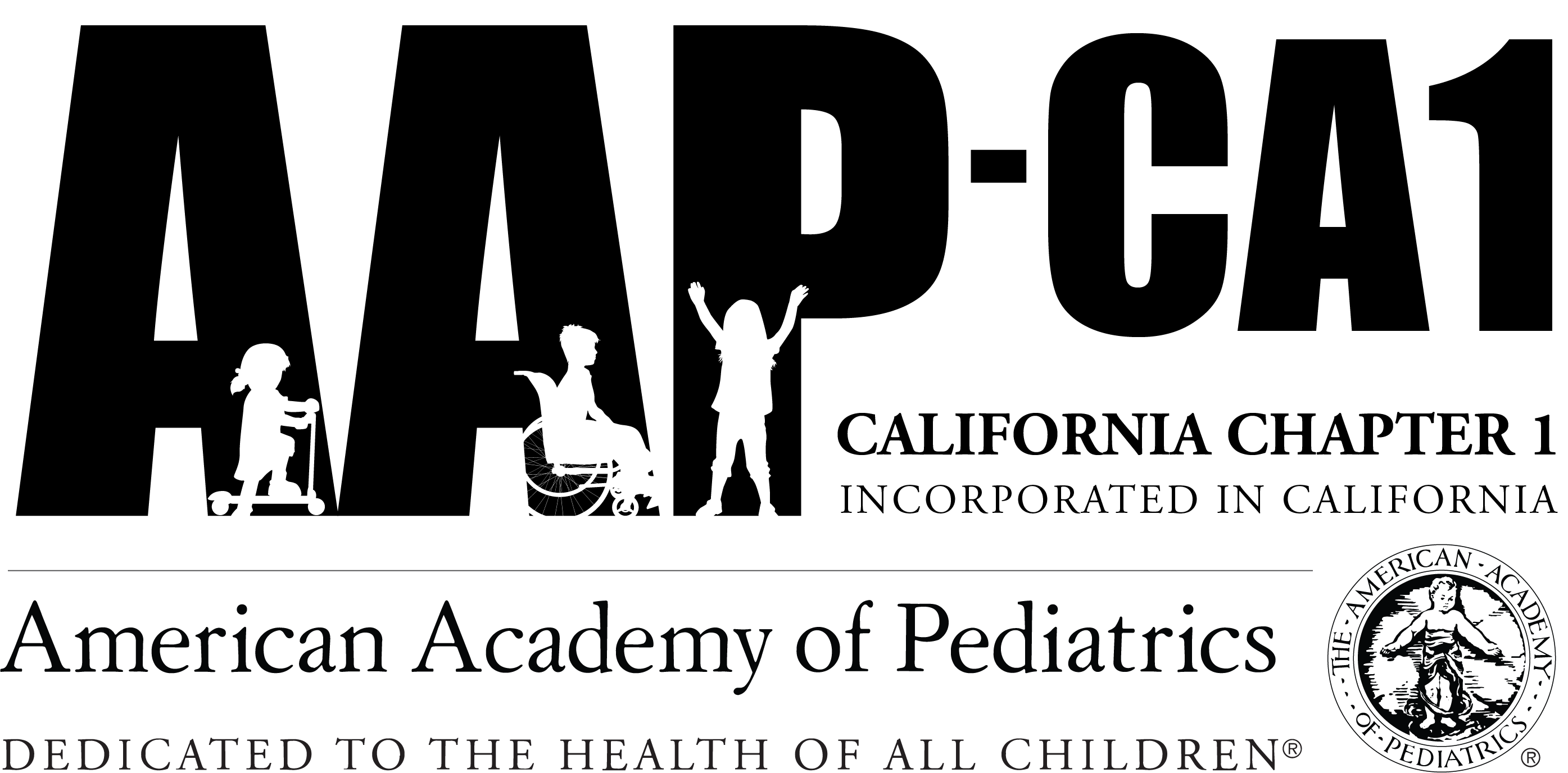What’s Up Docs? Article
Mark M. Simonian, MD, FAAP
Member of COVIPP; Member of the Google developer community; Chair of the Water Safety Council of Fresno County; Member of the Board of the California Water Safety Coalition
Posted June 5, 2024

.
As pediatricians, we are continually seeking ways to improve our practice workflow and enhance the care we provide to families. One of the most promising tools at our disposal is generative AI. The American Academy of Pediatrics (AAP) recognizes the significant potential of AI in clinical practice and is actively developing strategies and policies to ensure these technologies are implemented safely and effectively, without causing harm to clinicians or families. I have co-authored two articles on this AI topics in AAP News.
The Council on Clinical Information Technology (COCIT) has been at the forefront of this movement, hosting regular webinars over the past two years to educate pediatricians on the advancements and applications of AI in healthcare. These sessions have been instrumental in disseminating knowledge and fostering a community of informed practitioners ready to embrace AI.
In my own efforts to leverage AI for better patient education and care, this year I have developed two custom GPTs using commonly available tools. The first, Water Wise, focuses on drowning prevention and education. This application is designed for drowning prevention advocates and families interested in swimming safety. It provides comprehensive information on best practices, safety tips, and preventive measures to reduce the risk of drowning incidents.
The second app, Pediatric Insights, is a culmination of my 38 years in practice, where I often addressed common questions from families. This AI app reflects my approaches to common illnesses and wellness strategies, offering families reliable information based on my experience and the content from newsletters and my customized website. Pediatric Insights aims to empower families with knowledge, helping them make informed decisions about their children’s health. Both tools require you register with OpenAi.com, but there is no cost and I receive no monetary gain.
Looking ahead, the integration of large language models (LLMs) and generative AI into electronic health records (EHRs) holds tremendous promise. These technologies can analyze the 90 percent of patient records that are text-based, extracting the most relevant information quickly and accurately. This capability is expected to enhance clinical decision-making, leading to better patient outcomes in a timely manner.
The future of AI in healthcare is bright. As we continue to develop and refine these tools, we can expect significant improvements in practice efficiency, patient education, and overall care quality. By embracing AI, we can stay at the forefront of medical innovation, ensuring we provide the best possible care to our patients and their families.
Generative AI offers a wealth of opportunities for pediatric practice. From improving workflow efficiency to educating families, these tools are set to revolutionize how we approach pediatric care. The AAP’s commitment to integrating AI safely and effectively, coupled with the innovative efforts of practitioners, ensures a future where AI-driven healthcare is both practical and beneficial. As we navigate this ever-changing landscape, we remain dedicated to enhancing patient outcomes and empowering families through the power of AI.
Background: I am past Chair of COCIT, member of COVIPP, member of the Google developer community, Chair of the Water Safety Council of Fresno County, and member of the Board of the California Water Safety Coalition. You can reach me at mms88@pacbell.net.
Read more What’s Up, Docs? Articles
